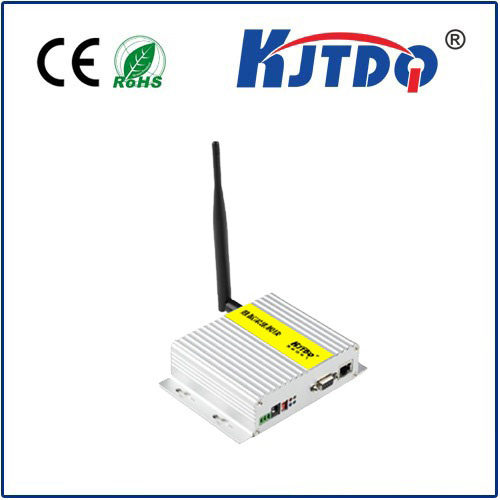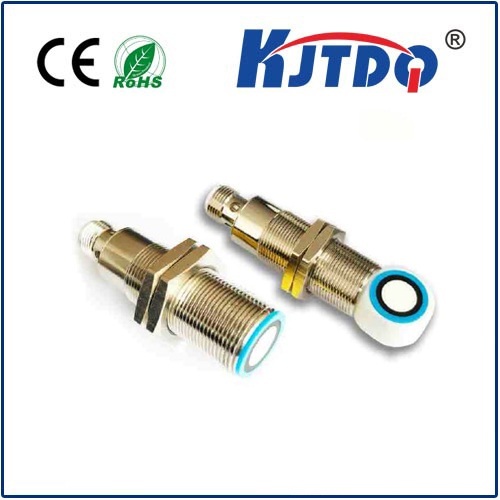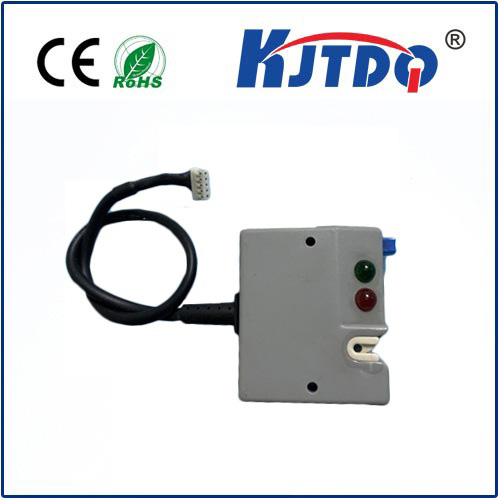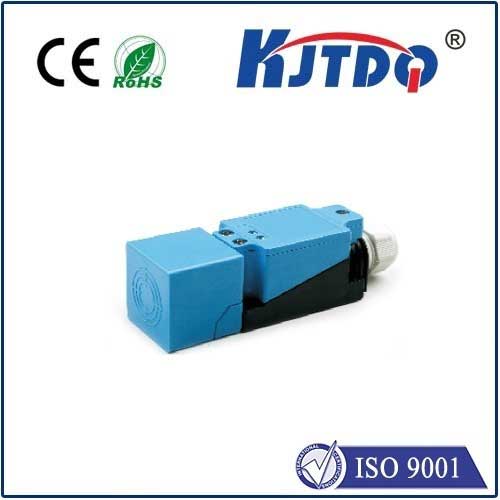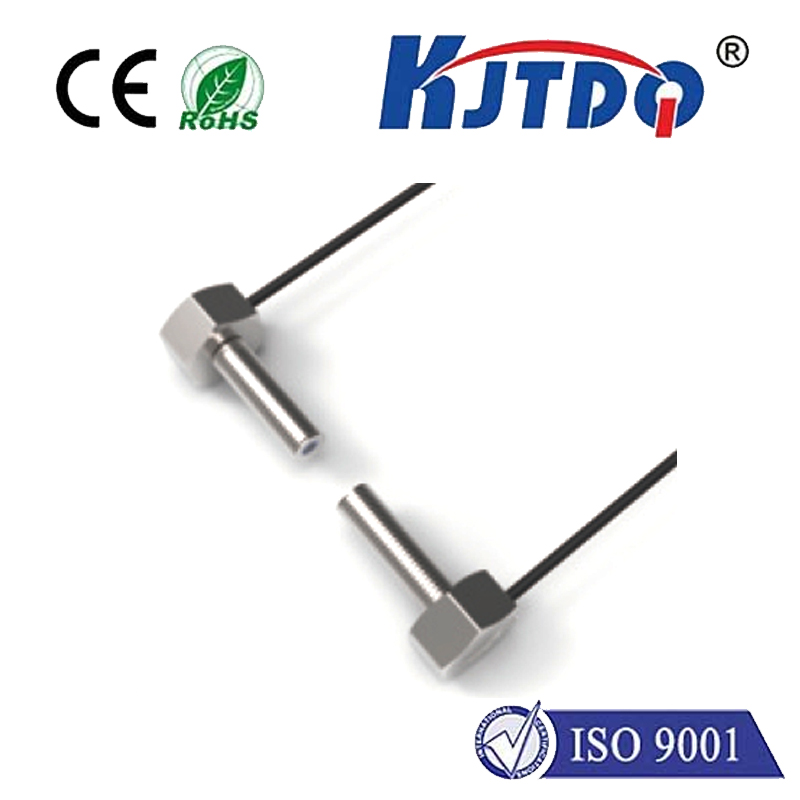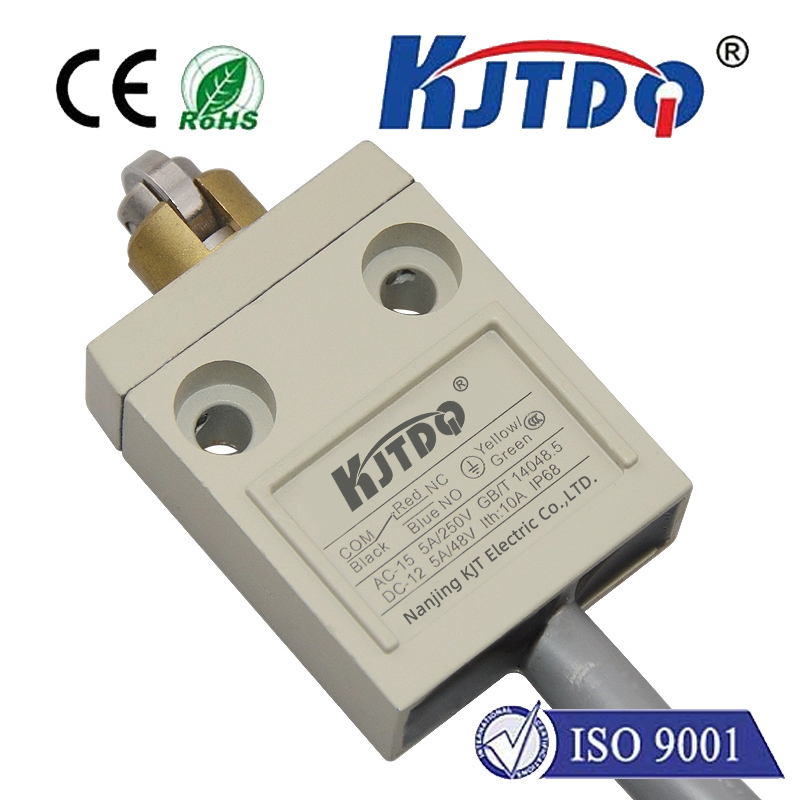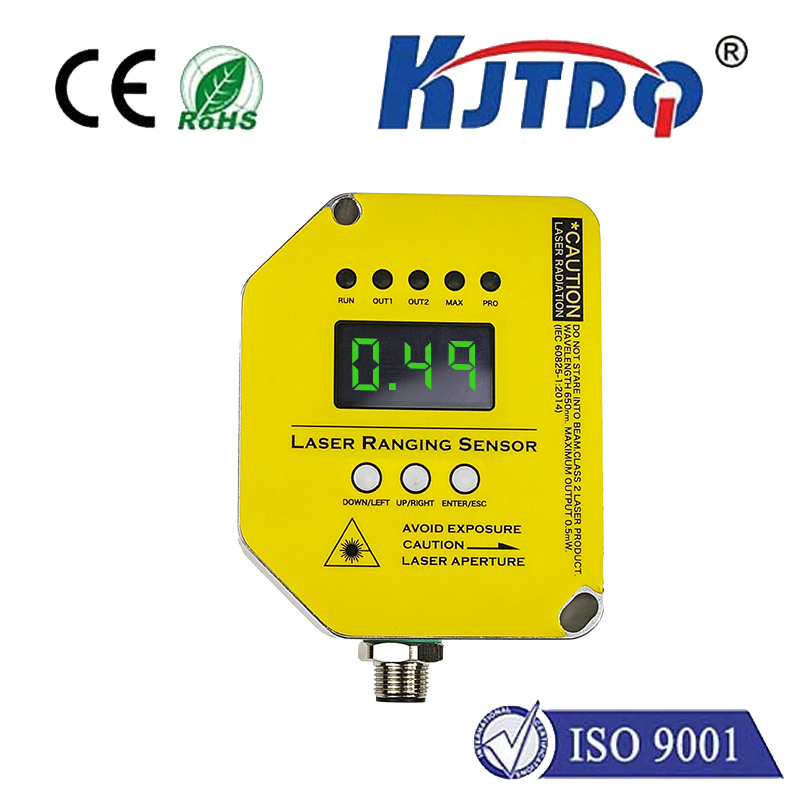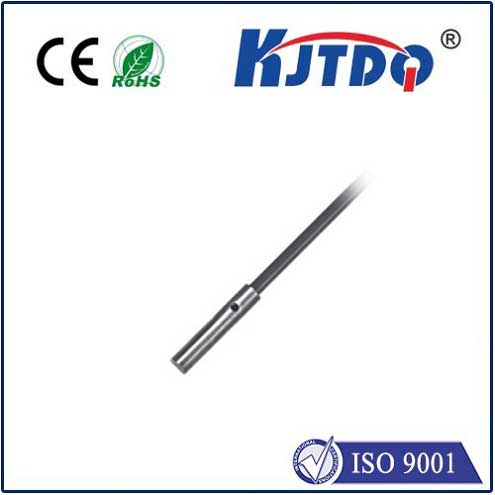
check

check

check

check

Title: Unveiling the Role of Automotive Proximity Sensors in Modern Vehicle Safety and Innovation Introduction As technology continues to advance, the automotive industry has embraced innovative solutions to enhance vehicle safety and improve overall driving experiences. One such breakthrough is the development and integration of automotive proximity sensors. These sophisticated devices have become integral components in modern vehicles, playing a crucial role in preventing accidents and facilitating seamless driving experiences for both drivers and passengers. This article delves into the significance of automotive proximity sensors, their functionalities, and the benefits they offer. Understanding Automotive Proximity Sensors Automotive proximity sensors are electronic devices designed to detect the presence or absence of objects without physical contact. These sensors utilize various technologies, including radar, ultrasonic waves, capacitive sensing, and infrared rays, to measure the distance between a vehicle and surrounding objects. By accurately determining the proximity of obstacles, these sensors help prevent collisions and assist in various driver assistance systems. Enhanced Safety Features One of the primary functions of automotive proximity sensors is to enhance vehicle safety by providing real-time information about the vehicle’s surroundings. These sensors are commonly used in applications such as parking assistance, blind spot detection, and adaptive cruise control. For instance, when reversing, proximity sensors can alert the driver with visual or audible warnings if there are objects or pedestrians in close proximity, reducing the risk of accidental collisions. Similarly, in high-speed scenarios, these sensors work alongside adaptive cruise control systems to maintain a safe distance from other vehicles, ensuring smooth traffic flow and minimizing rear-end collisions. Parking Assistance and Maneuvering Ease Finding an appropriate parking spot in crowded areas can be challenging. However, automotive proximity sensors make this task significantly easier. By strategically placing sensors around the vehicle, manufacturers provide 360-degree coverage, enabling drivers to identify available parking spaces and navigate tight spots effortlessly. The sensors emit signals that bounce off obstacles, allowing drivers to gauge the precise distance and angle required for maneuvers, thus preventing minor scrapes or major mishaps during parking procedures. Blind Spot Detection and Lane Departure Warnings Automotive proximity sensors have revolutionized blind spot detection and lane departure warning systems. Traditional mirrors only offer limited visibility, often leaving blind spots that can endanger drivers during lane changes or merging. With advanced proximity sensors installed on the side of the vehicle, these systems constantly monitor adjacent lanes, alerting drivers when another vehicle is detected in their blind spot area. Furthermore, lane departure warning systems use proximity sensors to detect road markings and gently warn drivers if they unintentionally stray from their lane, enhancing overall road safety. Future Prospects and Innovations The continuous evolution of automotive proximity sensors promises even more advanced features and functionalities in the coming years. Integration with artificial intelligence algorithms will enable sensors to recognize patterns, predict potential hazards, and automatically adjust speed or steering to avoid collisions. Additionally, advancements in LiDAR (Light Detection and Ranging) technology and machine learning could further refine object recognition capabilities, making proximity sensors an even more reliable tool for autonomous vehicles. Conclusion Automotive proximity sensors have become indispensable tools in the pursuit of safer and more efficient vehicles. From preventing collisions to aiding drivers in complex maneuvers, these sensors contribute significantly to road safety and driving comfort. As technology progresses, the role of proximity sensors is expected to expand, paving the way for future innovations and potentially transforming how we perceive and experience transportation. With ongoing research and development, automotive proximity sensors will undoubtedly continue to shape the future of the automotive industry, making our roads safer for everyone.
